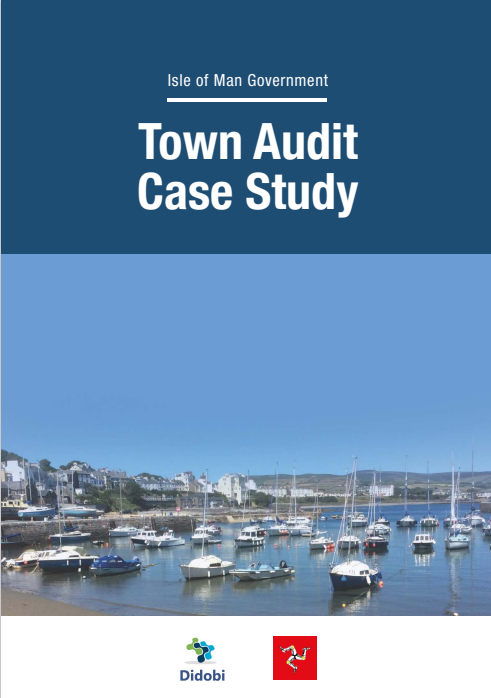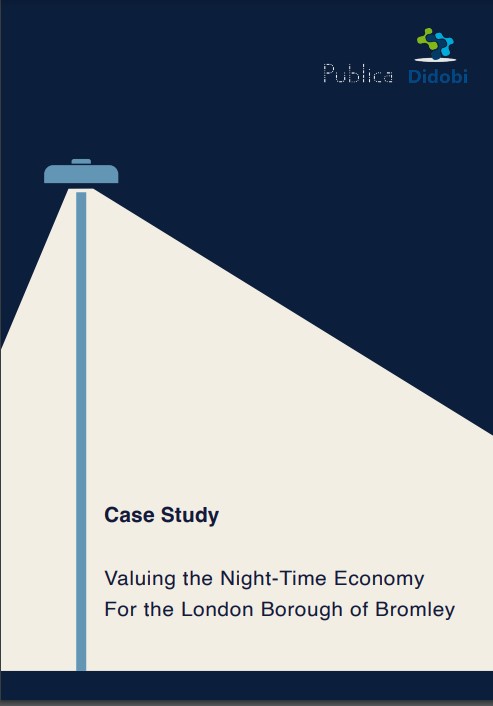Case Study: Isle of Man Government Town Audit
In November 2022, the Isle of Man Government launched their ‘Our Island, Our Future’ 10–15-year economic plan. It included aims to grow the population to 100,000 by 2037 and
Case Study: Valuing the Night-Time Economy
Here is a case study of a recent project we have completed in partnership with Publica Associates on valuing the night-time economy in Bromley (a London Borough).
The Changing Retail Landscape – Retail Symposium 2022
Matthew Hopkinson will be presenting at the 16th Annual Technological University Dublin Retail Symposium on the subject of Dynamic Or Dying Towns Post Covid 19 on 21st March. Th
Didobi appointed by The Local Government Association to deliver Economic Growth Essentials workshops
Didobi has been appointed by The Local Government Association in the UK to deliver a series of workshops on delivering Economic Growth post Covid for Councils. The workshops are
Post-Covid Resilience of Commuter Towns
Here is a Universities of Bloomsbury and East London Doctoral Training Partnership (UBEL DTP) Accelerating Business Collaboration research paper in collaboration with the Consumer
Investing in Towns – Applying current trends to future prospects
Covid19 has created many new opportunities for investment in our towns but the question for any investor is where, why and how can they realise their investment? In this blog Matth
Solving the town centre regeneration puzzle
In this guest blog, #bettertowns co-founder, Brian Thompson, discusses how now more than ever we need a multidisciplinary, collaborative, data-driven approach to regeneration in ou
#BetterTowns Roadmap
Didobi in association with HLM Architects and realestateworks has launched a new online interactive roadmap to support local authorities in creating successful places.
Championing Localism – No more road to nowhere
Innovative roadmap launched to lead the way towards better, healthier and more successful towns
How to interpret and visualise data before diving in.
In this blog Matthew Hopkinson illustrates why understanding how to use data and software to solve problems is not as common and effective as it might appear. He uses three case st











